16 Cold-Tolerant Flowers That Brighten Up Late Fall
Even as temperatures start to drop, your garden can still shine with the right flowers. Cold-tolerant varieties are perfect for adding a splash of color when most plants are winding down. These hardy flowers handle the chill and bloom through late fall, making them a must-have for gardeners looking to extend the season. Their vibrant colors bring life to the garden during those cooler, quieter months. Let’s take a look at some flowers that are perfect for brightening up the late fall landscape.
This post may contain affiliate links, which helps keep this content free. Please read our disclosure for more info.
Chrysanthemums
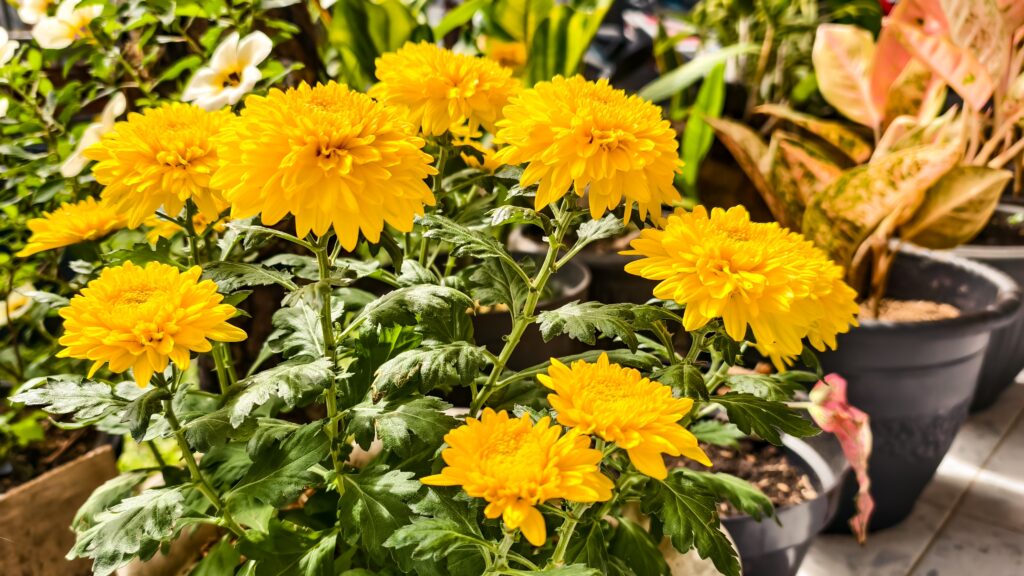
Chrysanthemums, or mums, are a classic flower that thrives in cooler temperatures, making them ideal for late fall. These flowers come in a variety of colors, including yellow, red, and purple, bringing vibrant hues to your garden as other flowers fade. To care for chrysanthemums, plant them in well-draining soil and water them regularly, but avoid overwatering. Deadhead spent blooms to encourage new growth and ensure they remain vibrant throughout the fall. With a little care, mums can survive the chill and add lasting color to your garden well into the colder months.
Chrysanthemums are hardy in many climates, but they do best in areas with mild winters. They also appreciate full sunlight, which helps them thrive and bloom longer. When the temperature drops, mums may slow down, but they can survive light frost. Adding mulch around their base can help protect the roots from the cold. These flowers are perfect for planting in containers or garden beds, providing a cheerful finish to your fall landscape.
Pansies
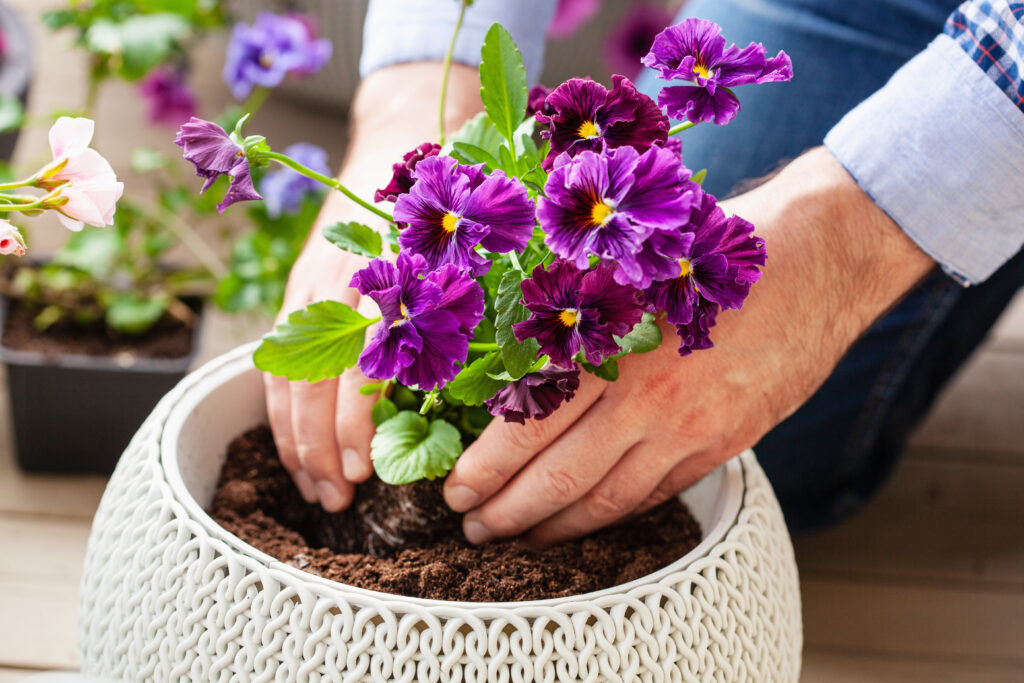
Pansies are one of the most reliable cold-tolerant flowers for fall gardens, offering colorful blooms that last through cooler weather. These flowers can withstand light frosts and continue to bloom in shades of purple, yellow, and blue, brightening up any garden. Pansies prefer well-draining soil and benefit from regular watering, but they don’t like to be waterlogged. To keep them healthy, trim off dead flowers and leaves to encourage new blooms. With the right care, pansies can last through fall and even bloom into winter.
For pansies to thrive, plant them in areas with full to partial sunlight. While they can handle cold temperatures, protecting them from harsh winds can help preserve their beauty. Pansies are great for both garden beds and containers, adding color where you need it most. Their vibrant petals can bring a pop of color to any garden during late fall. With their resilience and variety of colors, pansies are a great choice for extending the garden season.
Snapdragons

Snapdragons are a lovely option for gardeners looking to add some vertical interest and color during the cooler months. These flowers come in a variety of colors, such as pink, red, and yellow, and their unique shape adds character to any garden. Plant snapdragons in well-drained soil, and be sure to water them regularly, but not excessively. Prune them to remove spent blooms and encourage fresh growth. Snapdragons are also known for attracting pollinators, such as bees, even in colder weather.
Snapdragons thrive best in full sunlight and can handle light frosts, making them perfect for fall gardens. Their cold tolerance makes them an excellent choice for late-season planting. These flowers can continue to bloom well into the fall, brightening up garden beds and containers alike. For added protection during freezing temperatures, you can cover them with a light frost cloth. Their resilience and ability to survive through the chill make them a wonderful fall addition.
Violas
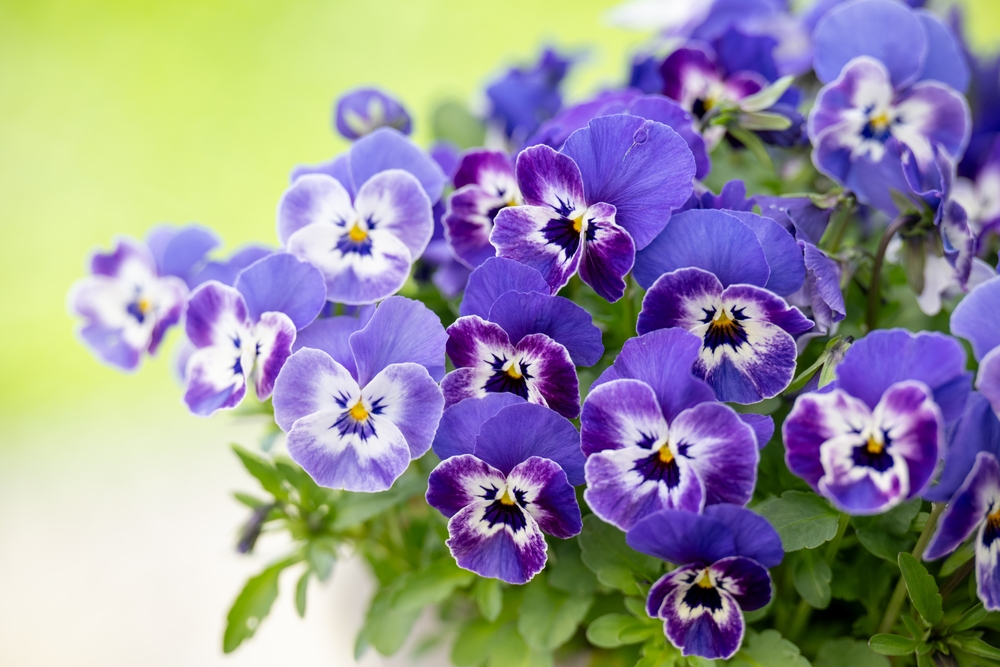
Violas are another great choice for adding color to your garden as the weather turns colder. These cold-tolerant flowers come in a variety of colors, including purple, yellow, and blue, and can withstand frost, making them perfect for late fall gardens. They do well in both full sun and partial shade, and they thrive in moist, well-drained soil. Be sure to water them regularly, but avoid getting water on the leaves to prevent mildew. Removing spent flowers will encourage new blooms and help extend the flowering season.
Violas are low-maintenance plants that are ideal for planting in hanging baskets, containers, or garden beds. They continue to bloom well into the colder months, adding a pop of color when other flowers have stopped blooming. Their ability to withstand frost makes them an excellent choice for regions with chilly fall weather. Violas do best when given protection from strong winds, as this can damage their delicate petals. With their cheerful colors, violas will certainly brighten up any fall garden.
Asters
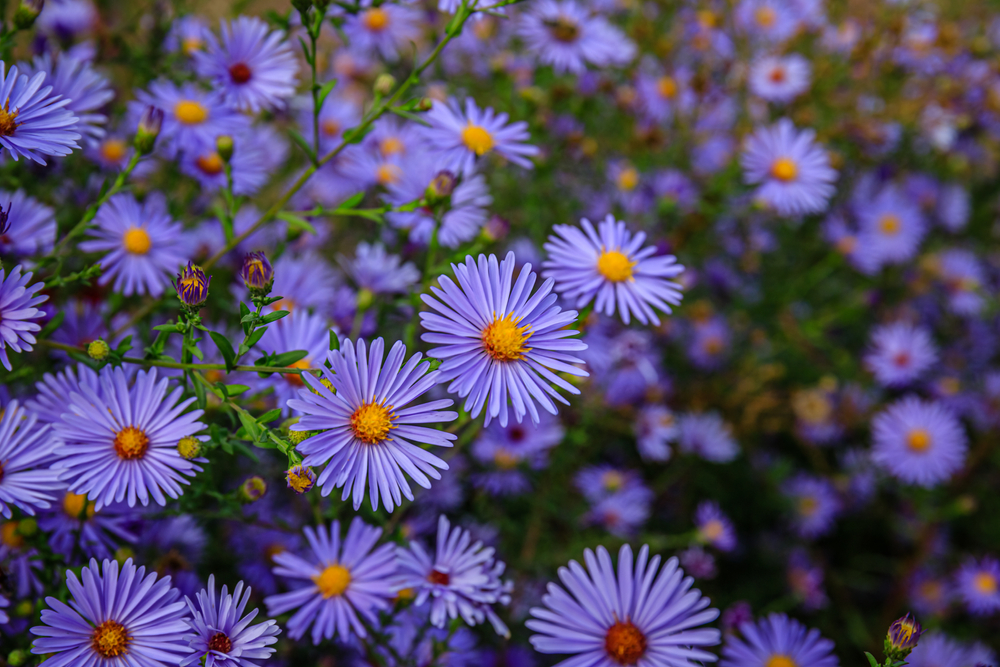
Asters are a late-blooming flower that can provide a burst of color as fall progresses. These flowers come in shades of purple, blue, and pink, offering a stunning contrast against the cool tones of autumn. To care for asters, plant them in well-draining soil and ensure they receive full sunlight for at least six hours a day. Regular watering is important, but be sure not to overwater, as this can cause root rot. Deadhead spent blooms to promote further flowering and keep the plant looking fresh.
Asters are hardy plants that can withstand light frosts, making them ideal for late fall gardens. They typically bloom in late summer through fall, attracting pollinators such as bees and butterflies. Asters do well in containers or garden beds and can provide a lively display of color when other flowers begin to fade. They appreciate slightly cooler temperatures and can continue to thrive as the weather turns chilly. With a little attention, asters will bring bright, lasting color to your garden during late fall.
Cyclamen

Cyclamen are perfect for brightening up your garden in late fall and winter, thanks to their bright, often pink or white flowers. These plants are particularly suited for colder climates and can even survive light frosts. To care for cyclamen, plant them in well-draining, slightly acidic soil and place them in partial shade. Water them carefully, allowing the soil to dry out between waterings to prevent rot. Removing spent flowers will encourage more blooms and help keep your cyclamen looking fresh.
Cyclamen prefer cool temperatures and are ideal for planting in the fall as they naturally bloom through the colder months. Their heart-shaped leaves and vibrant flowers make them a charming addition to any garden. These flowers thrive in sheltered spots where they are protected from harsh winds, and their colorful blooms are especially striking in the dimmer fall light. Cyclamen also work well in containers, making them versatile for various garden setups. Their ability to continue blooming through the winter months makes them a truly special flower in the late fall garden.
Ornamental kale and cabbage

Ornamental kale and cabbage are often overlooked, but they bring stunning color and texture to late fall gardens. These hardy plants thrive in cold temperatures and can even survive light frosts. They are known for their vibrant, colorful leaves, which come in shades of purple, white, and green, adding a dramatic touch to any garden. To care for them, plant them in well-drained soil and ensure they receive full sunlight. Keep them watered regularly, but avoid overwatering to prevent root rot.
While ornamental kale and cabbage do not flower, their striking foliage makes them a great addition to fall gardens. They can handle cold temperatures and remain vibrant throughout the fall season. These plants are perfect for adding color to garden beds, containers, or borders, and they pair well with other cold-tolerant flowers. Their vibrant colors stand out in fall gardens, especially as the surrounding plants begin to fade. These plants continue to offer visual interest well into winter, making them a lasting choice for cold-tolerant gardening.
Hellebores

Hellebores, sometimes called Lenten roses, are cold-tolerant flowers that bring subtle beauty to fall gardens. These plants bloom in late winter or early spring, but many varieties also produce flowers in the fall, adding a touch of color to your landscape as the weather cools. Hellebores prefer partial to full shade and moist, well-drained soil. Water them regularly, but make sure the soil isn’t soggy, as they don’t like wet feet. To encourage healthy growth, mulch around the base of the plant during the colder months.
While hellebores are often associated with early spring, their ability to bloom in the fall sets them apart from other seasonal flowers. These plants are perfect for woodland gardens or shaded spots in your landscape. They tolerate the chill and can survive through frosty weather without losing their blooms. The flowers of hellebores come in shades of white, pink, purple, and green, creating a serene and subtle addition to the late fall garden. These long-lasting flowers are an excellent way to brighten your garden as the season transitions.
Sedum (Autumn Joy)
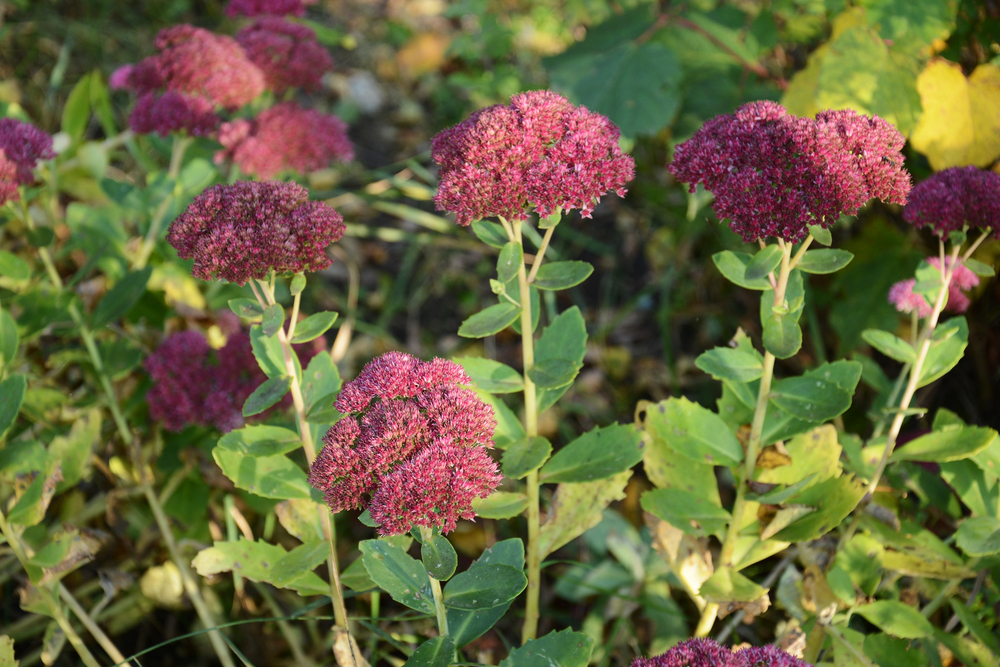
Sedum, especially the Autumn Joy variety, is a great late-fall bloomer that adds a unique touch to your garden. This succulent plant thrives in cooler temperatures, and its flowers turn from pink to rich red as the season progresses, providing a warm contrast to the colder weather. Plant sedum in well-drained, sandy soil and ensure it receives full sunlight for the best growth. Sedum is drought-tolerant, making it easy to care for, but it still needs occasional watering during dry spells. Cutting back dead stems after blooming will help keep the plant tidy and encourage new growth.
Sedum is known for its ability to thrive in poor soil conditions and requires little maintenance once established. The Autumn Joy variety is particularly popular for its stunning color changes as it matures in the fall. These plants are great for adding structure and interest to garden beds, especially as other plants die back. Sedum’s ability to thrive even as the weather cools down makes it a reliable choice for late fall gardens. Their striking blooms and low maintenance needs make them a fantastic addition to any cold-tolerant flower collection.
Creeping Jenny
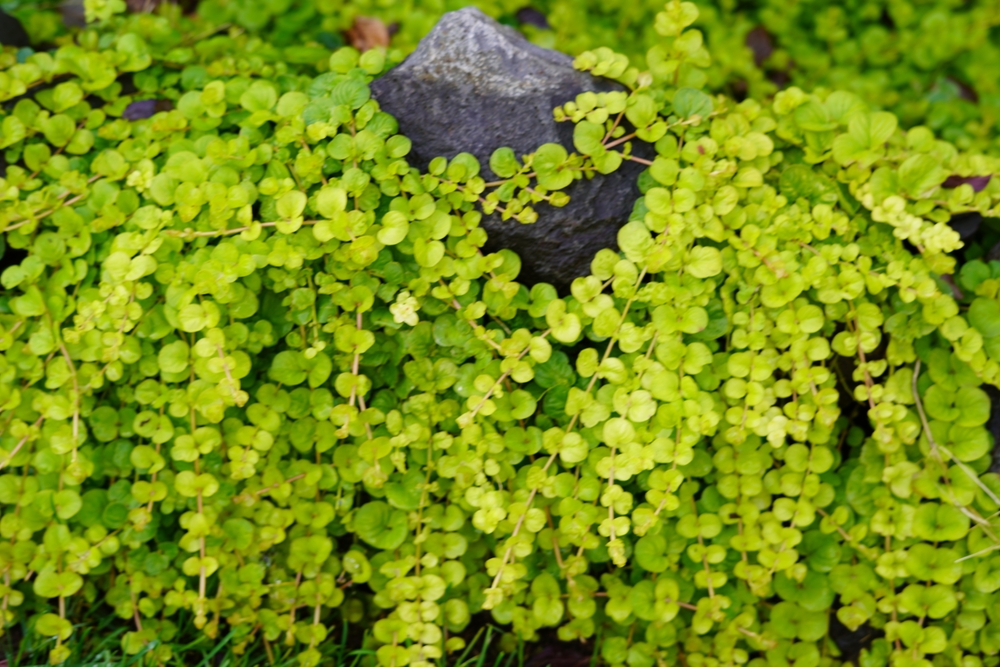
Creeping Jenny is a low-growing, cold-tolerant perennial that can bring vibrant yellow or green foliage to your late fall garden. This hardy plant is known for its ability to thrive in a variety of conditions, including cooler temperatures. Plant Creeping Jenny in well-draining soil in a location that gets partial to full sunlight. Regular watering is essential during the growing season, but be sure not to overwater. This plant can be used as ground cover or in hanging baskets, where its trailing vines will spill over with color.
Creeping Jenny is especially loved for its bright foliage, which stays vibrant even as the weather cools. It can spread quickly, making it ideal for filling in gaps in your garden or as a decorative ground cover. The plant can handle light frosts, continuing to thrive as the temperatures drop. Creeping Jenny works well in both sunny and shady spots, adding flexibility to its placement in the garden. Its cheerful, colorful appearance makes it an excellent choice for brightening up fall and winter landscapes.
Lobelia

Lobelia, especially the trailing variety, is a fantastic flower that can add a vibrant touch to your late fall garden. It thrives in cool weather, and its blue and purple hues brighten up any space, even as the weather turns colder. To care for lobelia, plant it in well-drained soil in a sunny or partially shaded location. Regular watering is important, but make sure the soil drains well to avoid waterlogging. Removing dead flowers will encourage continuous blooming throughout the fall season.
Lobelia’s bright, tubular flowers attract pollinators like bees and butterflies, making it a great choice for creating a wildlife-friendly garden. These flowers can be used in containers, hanging baskets, or garden beds, adding versatility to your landscaping. While lobelia thrives in cooler temperatures, it is important to protect it from strong winds, which can damage its delicate flowers. With their long-lasting blooms, lobelia flowers can continue to brighten up your garden even as the weather cools. Their low-maintenance nature makes them ideal for gardeners looking for an easy yet colorful addition to their fall garden.
Alyssum
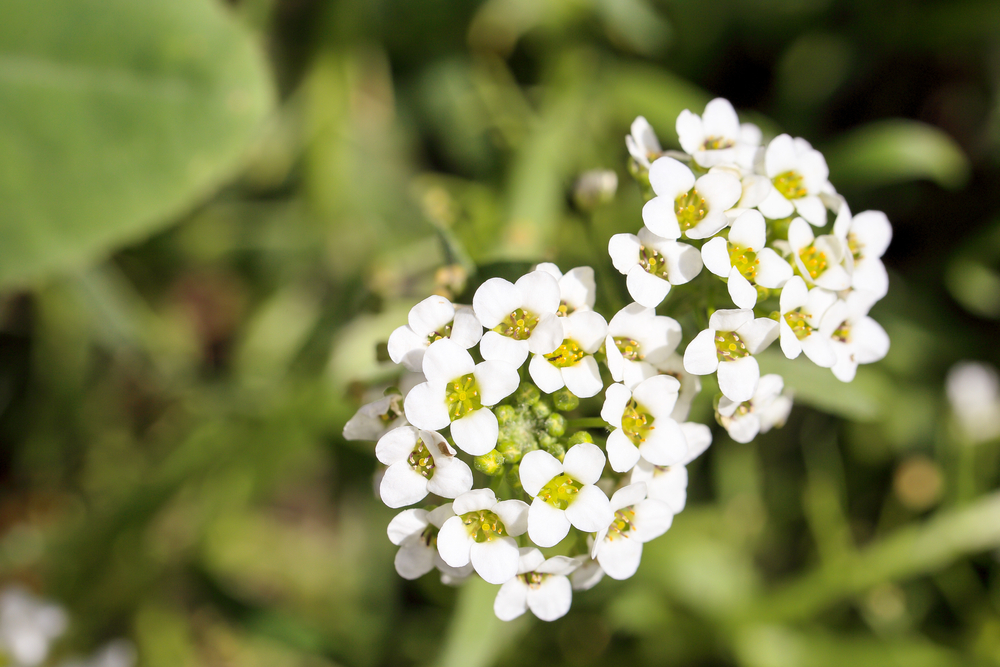
Alyssum is a delicate flower that grows well in cooler temperatures, making it perfect for late fall gardens. These tiny flowers bloom in clusters, often in white, purple, or pink, and they have a sweet fragrance that fills the air. Plant alyssum in well-draining soil, and ensure it receives full sunlight for the best growth. Water it regularly, but avoid overwatering to keep the soil from becoming soggy. Deadheading spent blooms will encourage new growth and prolong the blooming period.
Alyssum is an ideal choice for filling in small spaces in garden beds or for use in containers and hanging baskets. These flowers spread quickly, creating a carpet of color in fall gardens. Despite their small size, alyssum blooms are vibrant and offer a striking contrast against the cooler colors of fall. Their fragrance and easy-care nature make them a perfect addition to your garden. Alyssum flowers thrive in cooler temperatures, and they continue to bloom even when the weather turns chilly.
Calendula
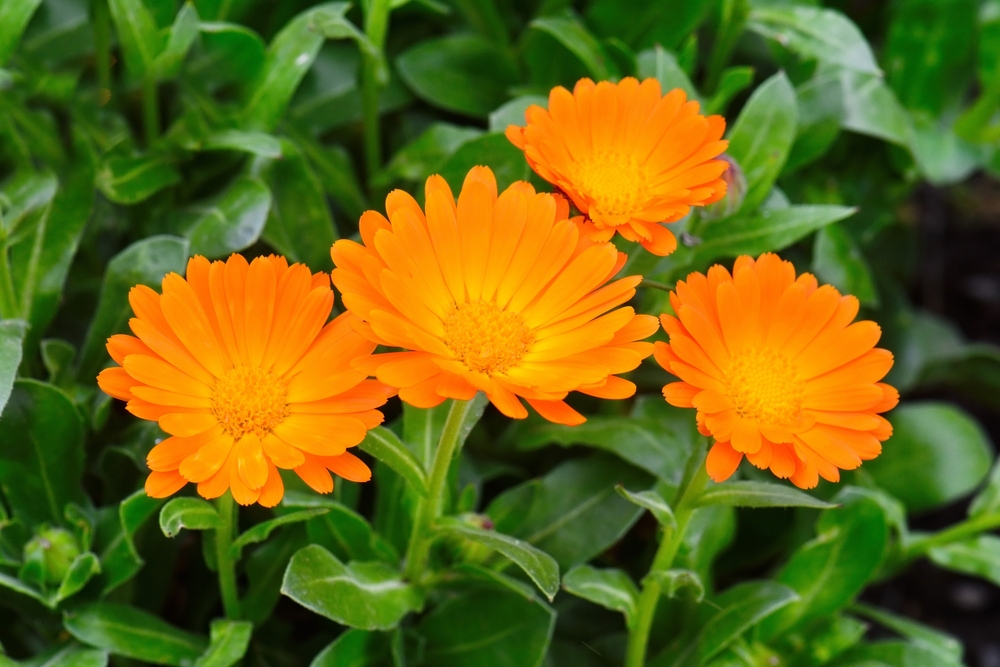
Calendula, commonly known as pot marigold, is a hardy flower that thrives even in cool temperatures. These bright yellow and orange flowers can handle light frost, making them perfect for fall gardens. To care for calendula, plant it in well-drained soil with full to partial sunlight. Regular watering is necessary, but be sure to let the soil dry out between waterings. Deadheading will help keep the plant looking neat and encourage further blooms.
Calendula flowers are known for their vibrant color and medicinal properties, making them a versatile addition to any garden. They bloom continuously throughout the fall, adding cheer to your garden even as temperatures drop. Calendulas are low-maintenance and easy to grow, making them ideal for gardeners looking for a simple yet colorful flower. Their resistance to frost allows them to continue blooming long after other flowers have faded. Calendulas are not only beautiful, but they can also attract pollinators, such as bees, to your garden.
Winter Jasmine
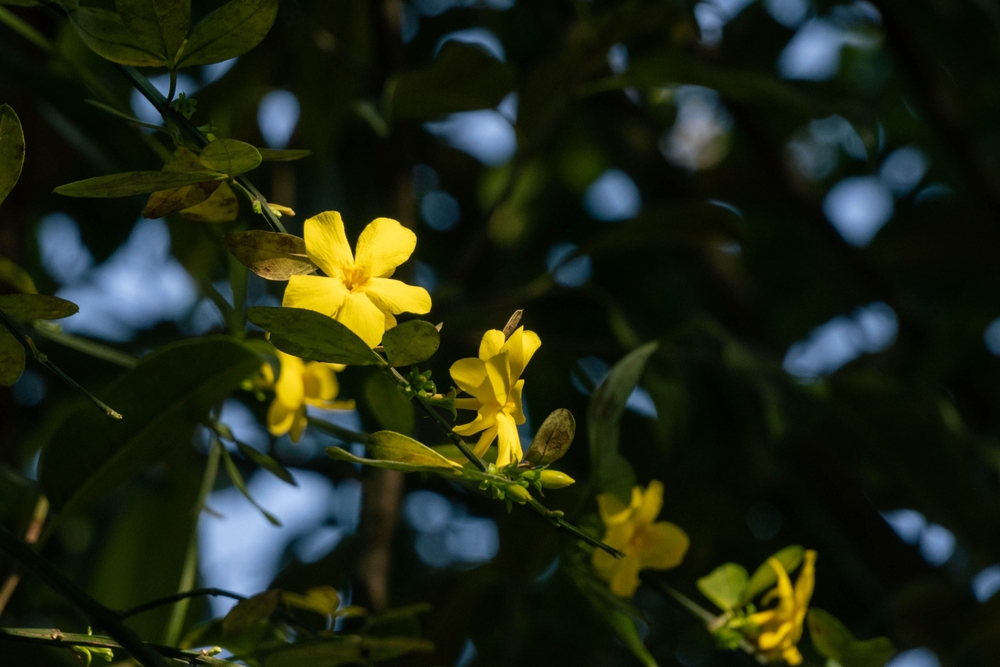
Winter Jasmine is a resilient and cold-tolerant flower that brings a pop of color to the late fall garden. Known for its bright yellow blooms, this flowering plant starts blooming in late fall and can last well into the winter. Plant Winter Jasmine in well-drained, slightly acidic soil, and ensure it receives full sunlight for best results. Regular watering is important, but avoid waterlogging, as it can lead to root rot. Pruning spent flowers can encourage continued growth and a fresh display of blooms.
Winter Jasmine is an excellent option for adding brightness to gardens in colder climates. This hardy plant can tolerate frosty temperatures and still produce stunning, vibrant flowers. It grows well along fences, walls, or as ground cover, providing flexibility in your garden design. Its ability to bloom during the colder months makes it a rare treat in the late fall landscape. The cheerful yellow flowers bring warmth to the garden, even as the chill sets in.
Crocus
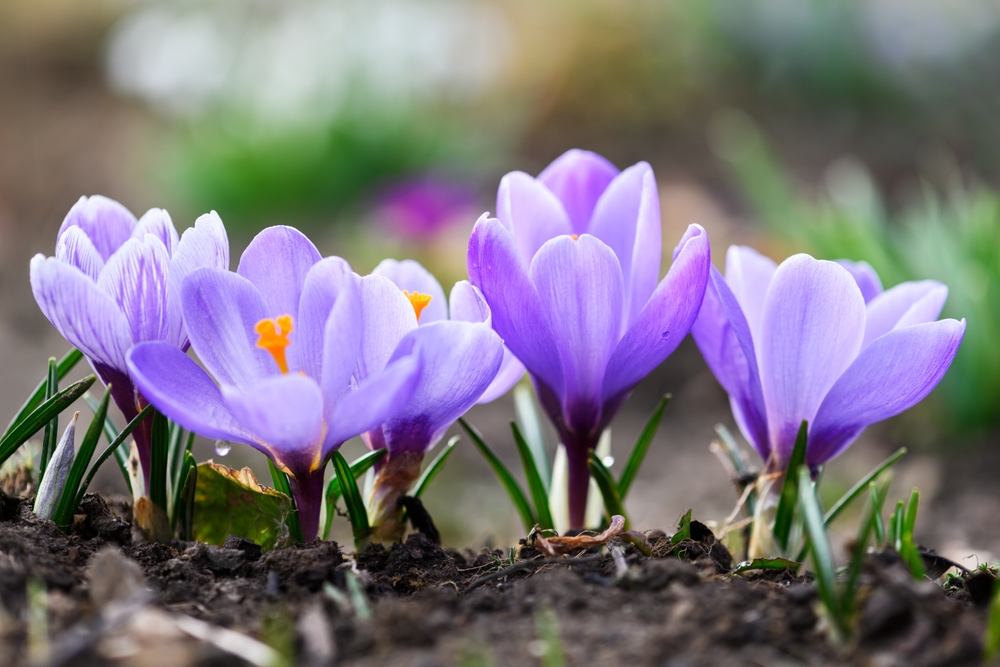
Crocus flowers are among the first to bloom as the weather cools, making them a fantastic addition to any late fall garden. Known for their vibrant purple, yellow, and white flowers, crocuses bring a burst of color to gardens even in colder temperatures. They thrive in well-draining soil and prefer full sunlight, although they can tolerate partial shade. Plant crocus bulbs in the fall, ensuring they are spaced well apart to allow for healthy growth. Once they bloom, crocuses require minimal care, making them an easy and rewarding plant to grow.
These flowers are resilient in the face of cold weather, often emerging through light frosts and adding a cheerful touch to the garden. Crocuses are perfect for planting in garden beds, borders, or containers, and they work well for filling in gaps in the landscape. The early blooming nature of crocuses makes them a sign of hope as the seasons shift. Their small but striking flowers are not only beautiful but also provide early nourishment for pollinators like bees. Crocuses are perfect for gardeners looking to bring color to their space during late fall.
Dusty Miller
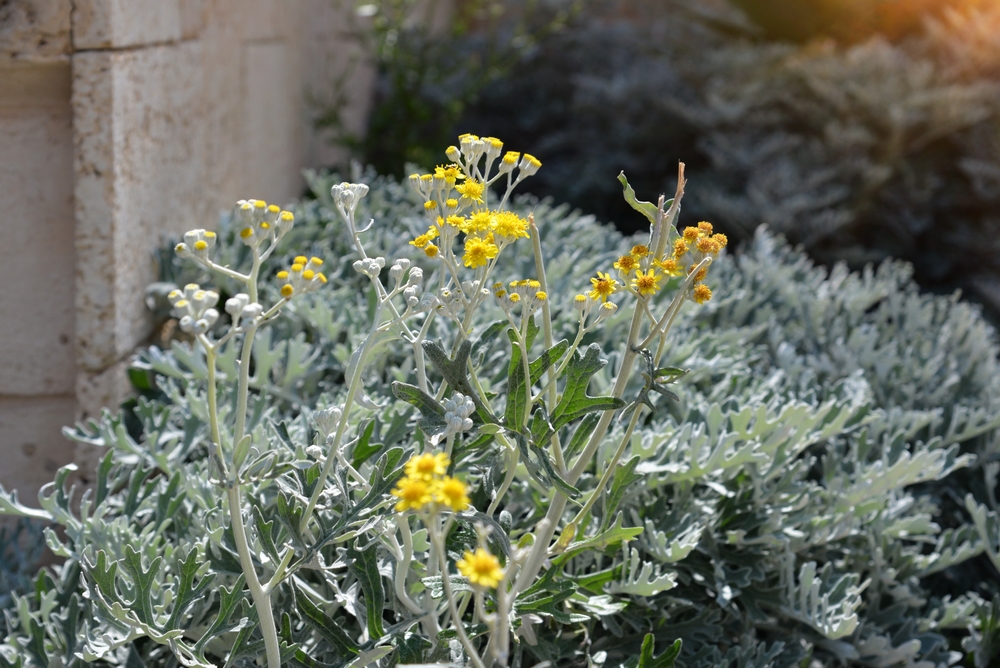
Dusty Miller is a hardy, cold-tolerant plant that brings silvery, foliage-filled beauty to late fall gardens. While not a flowering plant, its distinctive silver-gray leaves stand out, adding a soft, elegant touch to garden beds and containers. Dusty Miller thrives in full sun and well-draining soil, and it requires only occasional watering, as it is drought-tolerant. Regular trimming of its leaves can help keep it looking neat and encourage fresh growth. This plant is especially valued for its ability to survive cooler temperatures and still maintain its color.
This low-maintenance plant is perfect for adding texture to late fall landscapes, particularly when paired with colorful fall flowers. Dusty Miller’s striking foliage complements the rich tones of autumn and even persists through light frosts. It is often used as an edging plant or in containers, providing contrast to other plants that may be fading in the cold. As the weather cools, Dusty Miller continues to thrive, adding charm and elegance to the garden. Its resilience and easy care make it an excellent choice for gardeners seeking a simple yet impactful plant for late-season color.
These cold-tolerant flowers offer bright blooms that continue to add beauty throughout the late fall and early winter months. With a bit of care and the right conditions, these flowers will thrive and bring joy to your garden during the cooler seasons.
This article originally appeared on Avocadu.
